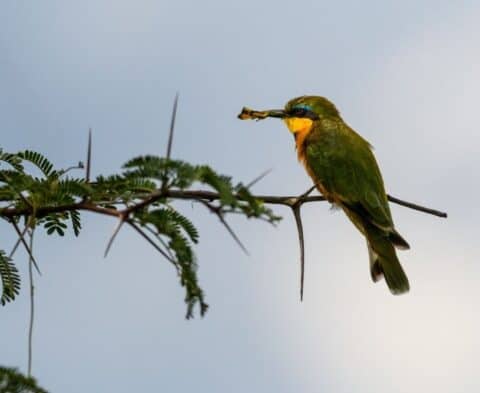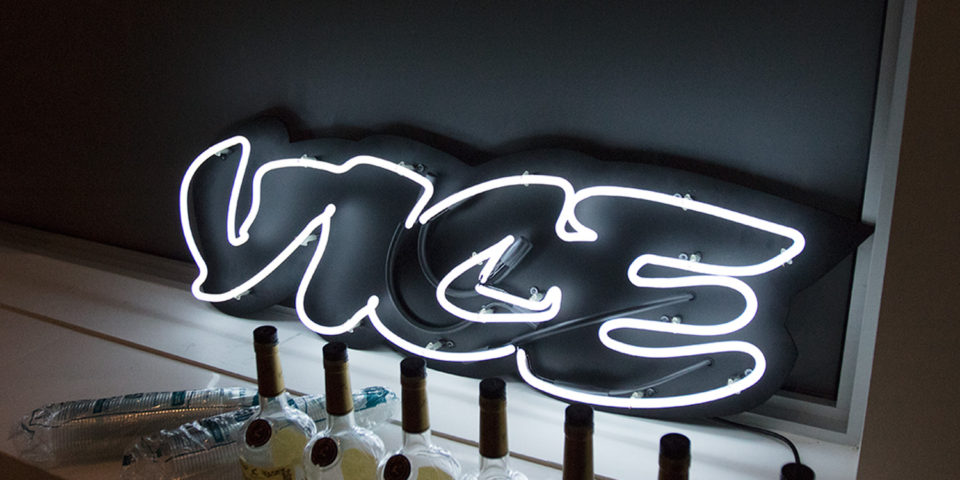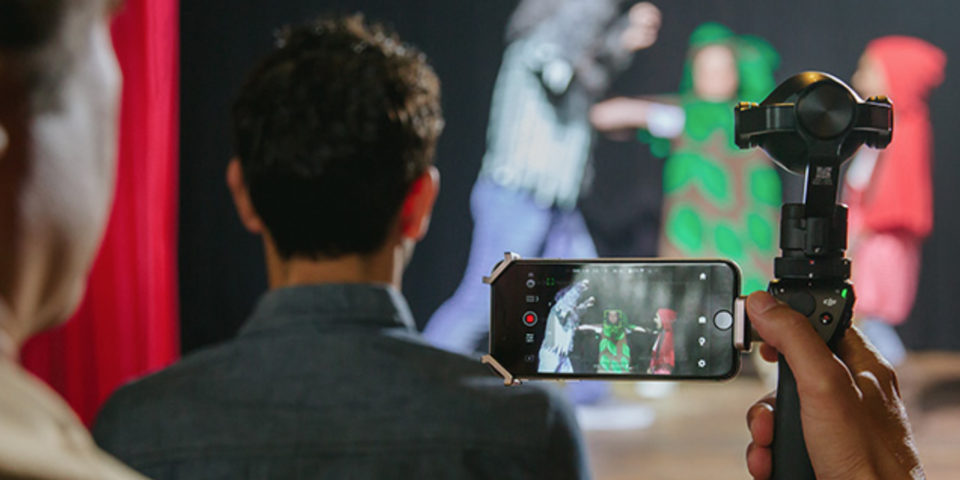If I have long lenses, why would I, or anyone else for that matter, need a pair of binoculars? If I did, how would I know what distinguishes one pair from another?
Why Use Binoculars for Photography?
Many photographers and video makers plan their shoots by scouting locations. This is a very useful practice because when you scout, it can help you plan what kit you would bring with you and perhaps even give you some preparatory thoughts on images that you will want to make. Scouting does not have to be a separate trip, and a bit of scouting is always helpful. Our lenses help us to frame a shot, to decide on composition and obviously do the work of gathering the light to make the image, but a handy pair of binoculars can speed the process of defining which shots in what order, without you having to traipse all over everywhere to find out if there is something of interest across that valley.
Let’s think about spring coming where bird photography gets a boost. Carrying a 400mm fast lens through the countryside to look for birds can result in rewarding images, but it can also result in a sore back and legs. Consider instead a simple pair of binoculars as a tool to help you decide where you want to take your gear. Most serious wildlife photographers choose to carry a set of binoculars to help find subjects.
Types of Binoculars
Porro Prism
When we think of binoculars, we typically think of the classic staggered look. These binoculars are called “porro-prism” binoculars because there are two sets of prisms, each reflecting light at 45 degrees for each eyepiece resulting in an effective straight light path. By folding the light between the front element (objective) and the rear element (eyepiece), focal length (magnification) can be achieved without a lot of size. These binoculars have objective lenses set wider apart than the eyepieces. Porro prisms are a simple design that can be made well at lower costs.
Reverse Porro Prism
A reverse porro prism binocular uses the same design concepts but places the eyepieces wider apart than the objective lenses. This design is found commonly in more inexpensive binoculars that need to be small in overall size.
Roof Prism
Until the 1960s, binoculars were predominantly of the porro prism design. In that decade both Zeiss and Leitz began producing binoculars using a very different design called a roof prism. A roof prism uses sets of prisms cut in such a way that the angles are steeper. This allows the maker to maintain the same distances between the eyepiece centres and the objective centres, resulting in a more compact design that can be built tougher because all the prisms can be contained in a single tube. Roof prism designs are more complex and thus more expensive to make well.
Using Binoculars
Porro prism binoculars look old school but very good ones are still available. Roof prism binoculars will always cost more if they are made well due to increased complexity. Most high-quality binoculars today use BAK4 specification glass in their prisms, while inexpensive binos use BT7. It’s not a surprise that some of the most expensive binoculars come from companies known for using top end glass in their best offerings. Some examples include Leitz, Zeiss, Nikon, Canon, Bushnell and Pentax. They are not the only high quality brands, but are known to creatives.
Binoculars are most often found hanging around the neck of the user. Thus, they can get bashed around a fair bit. Some years ago, manufacturers began coating their binoculars with a rubberized coating that is ubiquitously called armour. While it is not armour in the classical sense, it does provide a level of shock and impact protection that is worth having.
Some binoculars can include a laser rangefinder built in. These can be popular with golfers and with hunters as it helps confirm the range to their goal.
For many years, some manufacturers have opted to weather and water seal their binoculars. We can find weather resistant and waterproof binoculars today, just note that the two do not mean the same thing. I still have a very old pair of Minolta Mariner binoculars built for sailing that have held up 100%. They are super tough but were built a long time before armouring was a commercial (non-military) offering.
All higher end binoculars have some forms of optical coatings to improve contrast and reduce aberrations. The more you spend, the better the glass and the better the coatings. It’s one of those cases where you do get what you pay for.
What Do the Numbers on Binoculars Mean?
Folks are often confused by the numbers in a pair of binoculars. Let’s clear that up. The first number, followed by the x is the eyepiece magnification relative to the human eye. Thus, a 10x pair of binoculars will bring things 10 times closer than the unaided eye will see. This is close to a 500mm lens on a full frame camera. The second number is the diameter of the objective lens, the big lens at the front. The larger this lens, the more light gathering capability the binoculars have, just like a camera lens. Some manufacturers will list Field of View as part of their specifications measured in degrees or sometimes in feet at a specific distance. This is harder to compare, but it basically means that the larger the FoV angle, the wider the expanse you will see. As with any lens, the wider the field of view, the more work needs to go into the optics to keep them sharp and to reduce chromatic aberrations. A wider field of view will mean that tracking a moving subject may be easier and you may see less image shake (caused by you) because of the larger field of view.
For most people, the most important number is the one that no one talks about. It is called the exit pupil. The larger the exit pupil, the brighter the image that enters the eye. Brighter is always better because your eye can resolve brighter subjects better. To calculate the expected exit pupil, divide the size of the objective by the eyepiece magnification. For example, in a 10×50 binocular, the exit pupil should then be 5mm in diameter. If you hold a pair of binoculars towards the sky away from your eyes and look at the eyepiece, you can clearly see the bright exit pupil in the centre of the eyepiece lens. The better the binocular, the sharper and rounder the exit pupil will be, and there will be less softness and colour fringing at the edges. This is a very important and simple test that any buyer can do. The exit pupil will typically have more to do with a binocular’s usability that most other options.
How to Calibrate a Pair of Binoculars for Your Eyes
Binoculars are optical tools and must be calibrated to you for maximum success. It takes about a minute. Here’s how;
- Go outside and bring the binoculars to your eyes and look at a very distant subject
- Put the lens cap on the right side objective lens
- Using the focusing wheel in the middle of the binoculars and bring the subject to focus using only your left eye (that’s why you covered the right lens)
- Put the lens cap on the left objective and remove the cap from the right objective
- Turn the dioptric adjustment ring on the right eyepiece until the image is sharp in your right eye. DO NOT move the centre focus wheel while doing this. Once you have the dioptric adjustment ring set for your eye, you are done.
Plainly, if someone else is using your binoculars and they change the setting on the right eyepiece, calibration is lost, but it only takes a short time to get it back. That’s why if you and your better half need binoculars, you both need your own pair.
Special Cases
Some folks have trouble holding binoculars steady. In general, I do not recommend anything more than a 10x for handholding and many binoculars have a ¼-20 mount under a cover on the binoculars to allow for tripod mounting. For folks who want more magnification and who refuse to carry a tripod, there is an excellent solution now available with the addition of stabilization technologies to binoculars. A popular example are the stabilized binoculars from Canon. They are a bit larger than a similar non-stabilized version to allow for the motors, but do an outstanding job for handheld work. I have used the Canon 12×36 IS III units and they are super stable, although I found the 3mm exit pupil a bit dark for my older eyes.
A true marine binocular is not built to be small, it is built to be bright. That’s why the high end marine binoculars have 70mm and even 100mm objective lenses. Even a high-quality marine with a 50mm objective will have a higher cost because better glass that improves light transmission needs to be used.
Buy Your Last Pair First
I consider binoculars the same way I consider tripods. Buy the last pair you need first, instead of filling drawers and closets with units that don’t get used. While you can certainly buy very good binoculars at a sporting goods specialty store, a camera store that understands lenses is a very good place to shop. Binoculars are not a high-volume mover, but your local store has excellent distribution arrangements and may have easy access to higher end products not often found on the shelves waiting to be purchased. Do your research, speak to a qualified sales associate and get the binoculars that are right for you.
Until next time, peace.


